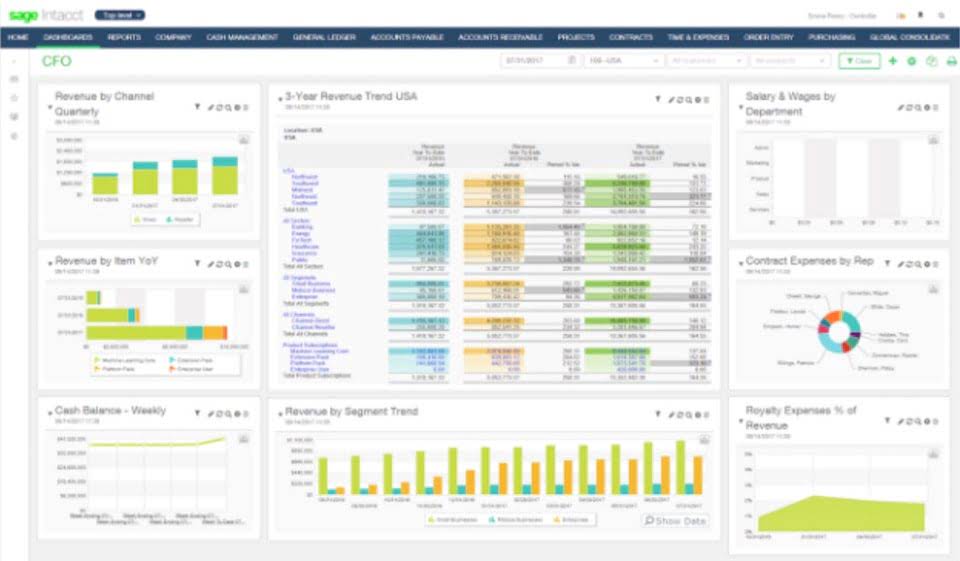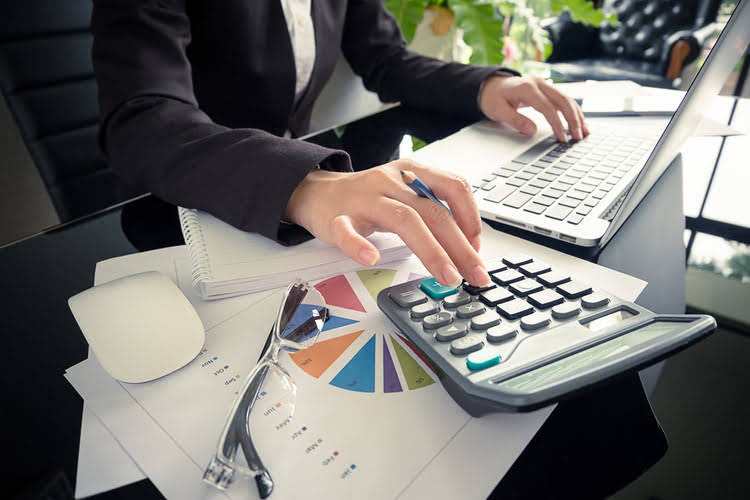How to Calculate After Tax Salvage Value: A Complete Guide

When calculating depreciation, an asset’s salvage value is subtracted from its initial cost to determine total depreciation over the asset’s useful life. From there, accountants have several options to calculate each year’s depreciation. As the name suggests, the salvage value of assets refers to their final value after they have depreciated over time. Also known as scrap value or residual value, it’s important for businesses to calculate the value to find the selling price of old assets. The units of production method is based on an asset’s usage, activity, or units of goods produced. Therefore, depreciation would be higher in periods of high usage and lower in periods of low usage.
Adopt Flexible Estimation Methods
- By incorporating these insights and providing examples, we can gain a better understanding of salvage value and its significance in assessing the value of capital assets.
- It is a method of recognizing the decline in value and the wear and tear of an asset over time.
- We have been given the asset’s original price in this example, i.e., $1 million.
- When calculating depreciation, an asset’s salvage value is subtracted from its initial cost to determine total depreciation over the asset’s useful life.
- Excel is a great tool for making rapid calculations with precision but errors can occur.
- It includes equal depreciation expenses each year throughout the entire useful life until the entire asset is depreciated to its salvage value.
The cost approach uses the costs for materials and labor needed to repair an asset, minus any depreciation. Accountants use salvage value to determine the most economical way to dispose of an asset, such as repairing and selling or scrapping it. In a real-world scenario, you may need to consider other factors to get a more realistic estimate of the car’s resale value. Therefore, the estimated salvage value of salvage value the machinery at the end of 7 years is $18,500.

Salvage Value Depreciation Equation
This method assumes that the salvage value is a percentage of the asset’s original cost. To calculate the salvage value using this method, multiply the asset’s original cost by the salvage value percentage. With AI-powered systems, companies can automate asset tracking, predict wear and tear, and estimate end-of-life value more precisely. These tools analyze historical data, usage patterns, and market conditions to improve salvage value forecasts—helping businesses plan better for asset disposal or resale. With a large number of manufacturing businesses relying on their machinery for sustained productivity, it is imperative to keep assessing the equipment they own.
Get the Excel Template!
This means that the condition and age of the asset can greatly impact its salvage value. Different types of assets have unique characteristics that affect their salvage value. Assets that incorporate innovative features or technologies may retain higher salvage values Remote Bookkeeping if they remain relevant in the market. Technological obsolescence is a significant factor influencing salvage value. Rapid technological advancements can render assets obsolete quickly, reducing their salvage value. Businesses need to account for these costs in their salvage value estimates to ensure accuracy and compliance with regulations.

Straight-Line Method

Finally, the salvage value shares the maximum comparison with the scrap value. There might be a minor nuisance as the scrap value may assume that the good isn’t being sold, but instead, it is just converted to raw materials. For instance, a business may decide that it wants to scrap a fleet of vehicles of the company for $1,000.

What is the difference between salvage value and market value?
Below is a break down of subject weightings in the FMVA® financial analyst program. As you can see there is a heavy focus on financial modeling, finance, Excel, business valuation, budgeting/forecasting, PowerPoint presentations, accounting and business strategy. For example, a delivery company might look cash flow at the value of its old delivery trucks for guidance. Companies consider the matching principle when they guess how much an item will lose value and what it might still be worth (salvage value).